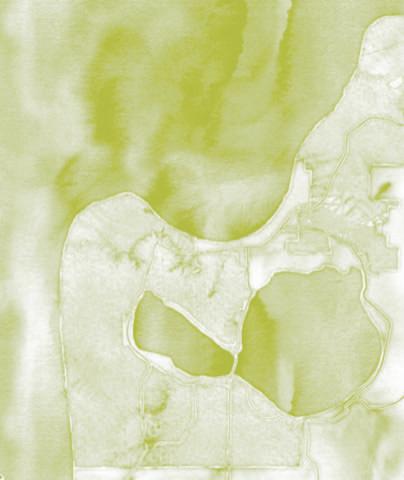
4 minute read
Opinion


THE WORLD BENEATH OUR FEET
opinion
Cathye Williams
We tend to think big when it comes to fixing environmental problems — towering turbines, expansive solar arrays, or giant facilities to recycle waste. And we should strive for big ideas; we need them if we’re going to create cleaner ways to make and move things and to feed and heal ourselves. But not every solution for pollution and waste has to be big. Spring also reminds me that Mother Nature, in her cleverly understated way, has placed one simple and quite elegant solution right under our feet.
What’s under our feet is more than dirt; in many places, it’s soil — a biological system where organisms grow and interact in a sustainable balance. When people farm, they become part of those relationships. However, at some point in farming, we began taking more from the system than we put back.
Generations of farming practices that were developed to feed the world led to depleted soils that no longer can produce what we need. Families began leaving the field, discouraged by declining yields, impossible time demands, crushing debt, and crops
that can’t thrive or withstand stress without substantial inputs of industrial fertilizers and pesticide products — the same products that pose serious health risks to the environment and the farmer.
Fortunately, there is a way back to the soil, and an increasing number of farmers are partnering with researchers and field scientists to get there: regenerative farming, a broad system of practices that treat the farm as an ecosystem, with the soil an integral part of that system. For those who have taken up regenerative ag, the benefits are real: lower inputs, higher yields, fewer pests, and less exposure to harmful chemicals. While regenerative farming does take study and practice, it doesn’t require more expensive, diesel-hungry machinery. Sometimes all it takes is letting things be.
No-till planting is one example of the good that can come when we let organisms do what they were made to do. The ground is home to countless living things (bacteria, fungi, algae, protozoa, springtails, mites, nematodes, earthworms, ants, and insects) that have evolved together over millennia to feed the plants above and take from them what they need, in a breathtaking, never-ending cycle.
It’s a veritable party going on down there. These natural processes keep the soil rich in organic matter (the building blocks of plants — and us!) and more permeable to water, that other essential life-giver. Running a plow through this is like raiding the house party, kicking out half the guests and leaving the rest to clean up the mess and start over. Eliminating tilling allows the party to keep on rocking. Sometimes land is so stripped that the raw materials nature needs for living soil are no longer there. It requires some restoration before other practices can be employed. Amends, and amendments, need to be made. Noxious invasives that inhibit microbes and germination need to go. This is when farmers bring in the cows (or chickens, or geese, or goats — basically any livestock with a taste for bad weeds and a propensity to poop) to get the organic processes going again.
Cover cropping is another regenerative practice that can help turn monotonous rows of single crops into the richly diverse and “buzzing” ecosystems that farms can and should be. Cover cropping flips conventional farming on its head. Instead of using the soil as a medium to grow the plants, the plants are grown to draw nutrients from the atmosphere and “fix” them in the land itself.
No-till planting, livestock integration, and cover cropping are among the most frequently used but are still just the tip of the corn stalk among the variety of regenerative practices. And while numbers vary widely between states,
their use in the U.S. increased significantly during the most recent Census of Agriculture reporting period conducted by the USDA.
So with methods this efficient, healthy, and profitable, why aren’t more farmers getting on board? It may come down to human nature. Because farming is tied so closely to home and culture, changing the way we grow takes more than handing over information.
Another barrier may have to do with economics and policy. Agriculture is one of the most subsidized and complicated sectors of the U.S. economy, governed by the massive and equally complicated omnibus Farm Bill legislation. We’re not all farmers, but we all sure eat food. If we want it to be healthier for us, for the people who grow it, and for the planet, shouldn’t we tell our leaders?
Think about what would happen if even a portion of the subsidies our taxes provide could be used as incentives for farmers to adopt regenerative practices. Would change, and recovery of our soil ecosystem come faster? Maybe we should try and see.
If you’re interested in learning more from local experts in soil health, sustainable farming, and rotational grazing, join the free online event Restoring Our Earth 6:30pm–8pm Apr 27. Find more information and a link to register by searching “Restoring Our Earth: Regenerative Agriculture Forum” on Facebook.
Cathye Williams serves as a volunteer and media liaison for the Grand Traverse area chapter of the Citizens Climate Lobby, www. citizensclimatelobby.com. She writes from Benzie County.









